Disclosure: This article contains affiliate links. We may earn a commission from purchases at no extra cost to you, which helps our travel content.
I've always believed that second cities hold the true soul of a country. They're where authenticity thrives without the spotlight pressure of being a capital. Kaunas, Lithuania's second-largest city, exemplifies this perfectly. When I landed at the modest Kaunas Airport last October, the Baltic autumn air carried that familiar scent of possibility I've come to recognize in underrated destinations. As someone who's spent decades seeking out cultural crossroads, I found Kaunas to be a revelation – a place where Soviet-era resilience meets Baltic innovation, where Bauhaus-inspired intermodernism architecture stands proudly alongside medieval fortifications. This former European Capital of Culture (2022) offers budget travelers an incredible sweet spot of affordability and rich experiences without the crowds of Vilnius or the Baltic coast. Over my week exploring its cobblestone streets and riverside paths, I discovered a city that rewards those willing to venture beyond the guidebook highlights.
Finding Your Home Base in Kaunas
When I travel, I've learned that where you stay fundamentally shapes your experience. In Kaunas, this rings especially true. The city divides naturally between the medieval Old Town and the more spacious New Town, with its striking interwar architecture and wide boulevards.
For my week-long stay, I opted for a small apartment near Laisvės alėja (Liberty Boulevard), the pedestrian artery that runs through the heart of New Town. At roughly €30/night, it provided exceptional value while positioning me perfectly for daily explorations. The owner, Ruta, greeted me with homemade gira (a traditional Lithuanian fermented drink) and a hand-drawn map of her favorite local spots – the kind of welcome that budget chain hotels simply can't provide.
If you prefer more social accommodations, The Monk's Bunk hostel in Old Town offers dorm beds from €15 and organizes impromptu walking tours led by local university students. I spent an evening in their common room and ended up joining three solo travelers for an impromptu exploration of Kaunas's street art scene the next day.
For those seeking a uniquely Lithuanian experience, consider the family-run guesthouses around Žaliakalnis neighborhood. This hillside district offers glimpses into authentic Lithuanian domestic life, often at prices comparable to downtown hostels. I spent one night at a charming wooden house owned by an elderly couple who spoke limited English but communicated volumes through their warmth and generous breakfast spread of local cheeses, dark rye bread, and homemade preserves.
Whichever area you choose, I recommend packing a reliable portable charger – Kaunas is eminently walkable, and you'll be taking plenty of photos as you explore its architectural contrasts and riverside views. My phone battery rarely survives my enthusiasm for documentation.
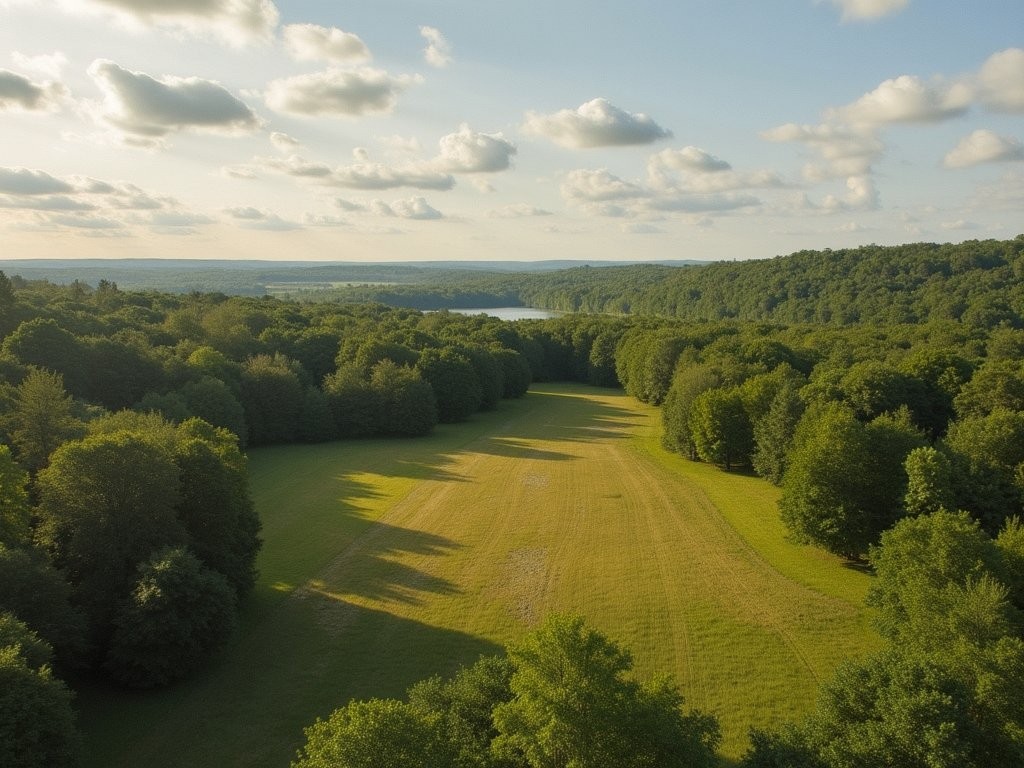
💡 Pro Tips
- Book accommodations near Laisvės alėja for central access to both Old Town and New Town
- Consider family-run guesthouses in Žaliakalnis for authentic Lithuanian hospitality
- Ask hosts for their personal recommendations – Lithuanians are proud of their city and eager to share hidden gems
Navigating Kaunas Like a Local
Kaunas may be Lithuania's second city, but it operates on a refreshingly human scale. During my week there, I never once needed to use public transportation within the central districts – everything is accessible by foot, which is how locals primarily get around.
That said, understanding the city's layout saves considerable time. Kaunas sits at the confluence of two major rivers – the Nemunas and the Neris – which naturally divide the city into distinct sections. The medieval Old Town occupies the wedge where the rivers meet, while New Town extends eastward along Laisvės alėja, the pedestrian boulevard that serves as the city's spine.
Lithuanians are practical people who walk with purpose, and you'll notice locals using a network of courtyards and passages to navigate between major streets. Don't hesitate to follow their lead – these shortcuts often reveal hidden murals, tiny cafes, or architectural details tourists typically miss. One afternoon, I followed a group of students through what appeared to be a private courtyard near Vilniaus gatvė and discovered a tiny bookshop specializing in English-language Lithuanian literature that wasn't on any of my maps.
For longer journeys to outlying neighborhoods like Šančiai or Aleksotas, the trolleybus system is remarkably efficient and affordable. A single journey costs less than €1, and you can purchase tickets directly from the driver. I found the transportation app Trafi invaluable for real-time schedules – the interface switches seamlessly to English, and it works offline once downloaded.
Cycling is increasingly popular among Kaunas locals, particularly along the riverside paths. The city operates a bike-share system called CityBee that visitors can access via their app. I spent one gloriously crisp autumn afternoon cycling the Nemunas Island path, stopping to watch locals fishing and elderly chess players locked in silent battles of strategy.
For my day trips to Rumšiškės (the fascinating open-air ethnographic museum) and Pažaislis Monastery, I used the intercity buses from the main station. Pro tip: purchase tickets online through Autobusubilietai.lt to avoid the language barrier at the station's ticket windows.
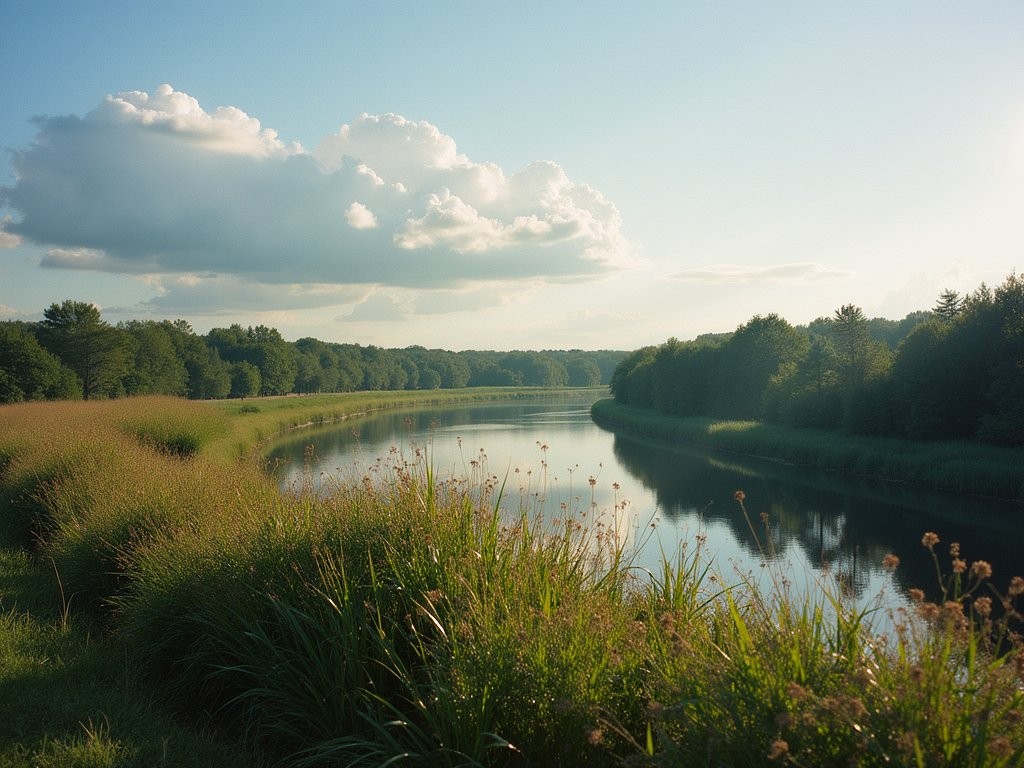
💡 Pro Tips
- Download the Trafi app for easy navigation of public transportation
- Explore the network of courtyards and passages between major streets like locals do
- Consider the CityBee bike-share program for exploring riverside paths and parks
Kaunas's Craft Beer Renaissance
Anyone who follows my blog knows I never miss an opportunity to explore local craft beer scenes, and Kaunas delivered far beyond my expectations. Lithuania has a brewing tradition dating back centuries, but what's happening in Kaunas now is nothing short of revolutionary.
My journey into Kaunas's craft beer world began at Genys Brewing's taproom on Laisvės alėja. Unlike the tourist-oriented beer halls in Vilnius, this sleek, minimalist space attracts primarily locals – young professionals and creatives who gather after work to sample their constantly rotating taps. Their 'Crow Picker' IPA rivals anything I've had in Portland or Berlin, with distinctive Lithuanian hops lending an unexpected herbal quality.
The true revelation came when I ventured to Apynys, a tiny beer bar tucked away on Nemuno gatvė. The unassuming entrance – just a small sign with a hop cone – leads to a warm, wood-paneled room where owner Vytas curates an impressive selection of Lithuanian microbrews. When I mentioned my interest in local brewing traditions, he disappeared into the back room and returned with a sample of keptinis – a heritage-style Lithuanian beer made using a bread-baking technique that predates modern brewing methods. The complex, slightly smoky flavor profile was unlike anything I've encountered in my decades of beer exploration.
For those looking to bring home liquid souvenirs, I recommend stopping by Genys's bottle shop on Vilniaus gatvė. Their selection represents the best of Lithuania's craft scene, and the staff expertly packs bottles for travel. I returned to California with six carefully bubble-wrapped bottles that survived the journey perfectly.
To fully appreciate Lithuania's beer culture, I suggest bringing a proper beer journal to record your discoveries. Mine is filled with notes comparing Kaunas's modern craft interpretations against the traditional farmhouse ales I encountered. The contrast between innovation and tradition perfectly encapsulates what makes this city so fascinating.
A word of caution – Lithuanian craft beers often pack a higher ABV than you might expect. Pace yourself, especially if you're planning to explore the city's excellent electronic music scene afterward. Speaking from experience, those steep Old Town cobblestone streets become considerably more challenging after an evening sampling Kaunas's finest brews.
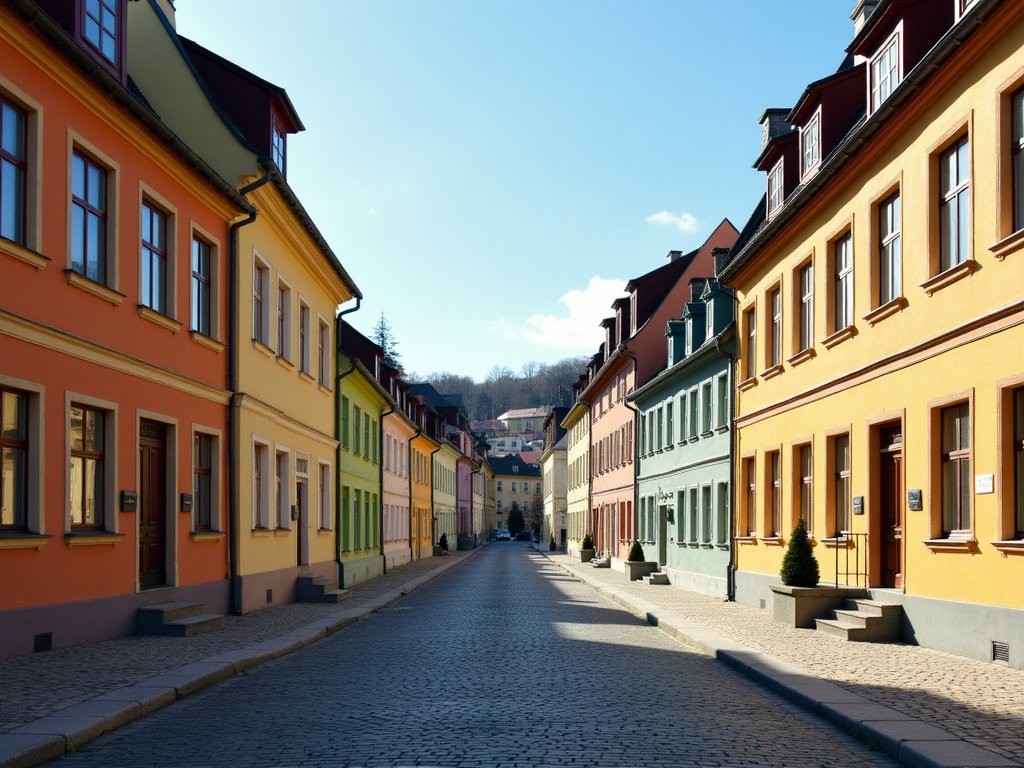
💡 Pro Tips
- Visit Apynys for the most authentic local beer experience and ask about traditional Lithuanian brewing methods
- Try keptinis beer for a taste of Lithuania's unique brewing heritage
- Purchase bottles from Genys's shop on Vilniaus gatvė for souvenirs – they'll pack them safely for travel
Eating Like a Lithuanian (Without Breaking the Bank)
Lithuanian cuisine remains one of Europe's best-kept culinary secrets, and Kaunas offers the perfect introduction at prices that will delight budget travelers. Forget the overpriced, tourist-oriented restaurants of Old Town (though there are exceptions) – eating like a local means venturing slightly off the beaten path.
My daily routine began at Spurgine, a Soviet-era donut shop on Laisvės alėja that has barely changed since the 1980s. For less than €2, I'd get two freshly fried spurgos (Lithuanian donuts) and a strong coffee. The no-frills interior – all formica and fluorescent lighting – hosts an eclectic mix of pensioners, students, and workers starting their day. It's a living museum of Soviet daily life that happens to serve delicious donuts.
For lunch, I discovered the city's best-kept secret: university canteens. The Vytautas Magnus University canteen on K. Donelaičio gatvė serves complete Lithuanian meals for around €5, and they don't mind visitors. I enjoyed perfect cepelinai (potato dumplings stuffed with meat) surrounded by students and professors engaged in passionate discussions. The food is authentic, the portions generous, and the atmosphere genuinely Lithuanian.
Kaunas's central market (Centrinis turgus) provides another budget-friendly option. Here, I assembled picnic lunches from stalls selling farm-fresh cheese, smoked meats, and dark rye bread. The vendors appreciate even basic Lithuanian phrases – I found that simply saying "labas" (hello) and "ačiū" (thank you) transformed the transaction from commercial to cultural exchange.
For dinner, venture to Višta Puode on Gedimino gatvė, where traditional Lithuanian recipes meet modern execution. Their cold beetroot soup (šaltibarščiai) achieves that perfect balance of earthy, creamy, and tangy notes that defines this iconic pink dish. At €15-20 for dinner with a local beer, it's a moderate splurge that's worth every cent.
Don't miss the opportunity to try sakotis, a tree cake made on a rotating spit over an open fire. The best version I found was at Spurginė on Vilniaus gatvė (not to be confused with the donut shop), where they've been making them the same way for generations.
For self-catering options, the Iki supermarket chain offers reasonable prices, but I preferred the small neighborhood shops where babushka-like ladies sell homemade preserves and pickles from their gardens. I still dream about the garlic-dill pickles I purchased from an elderly woman near my apartment – they accompanied every impromptu cheese plate I assembled in my rental kitchen.
A practical tip: carry a collapsible water bottle during your explorations. Lithuanian tap water is excellent and safe to drink, and you'll find filling stations throughout the city. This simple habit saved me money and reduced plastic waste during my week in Kaunas.
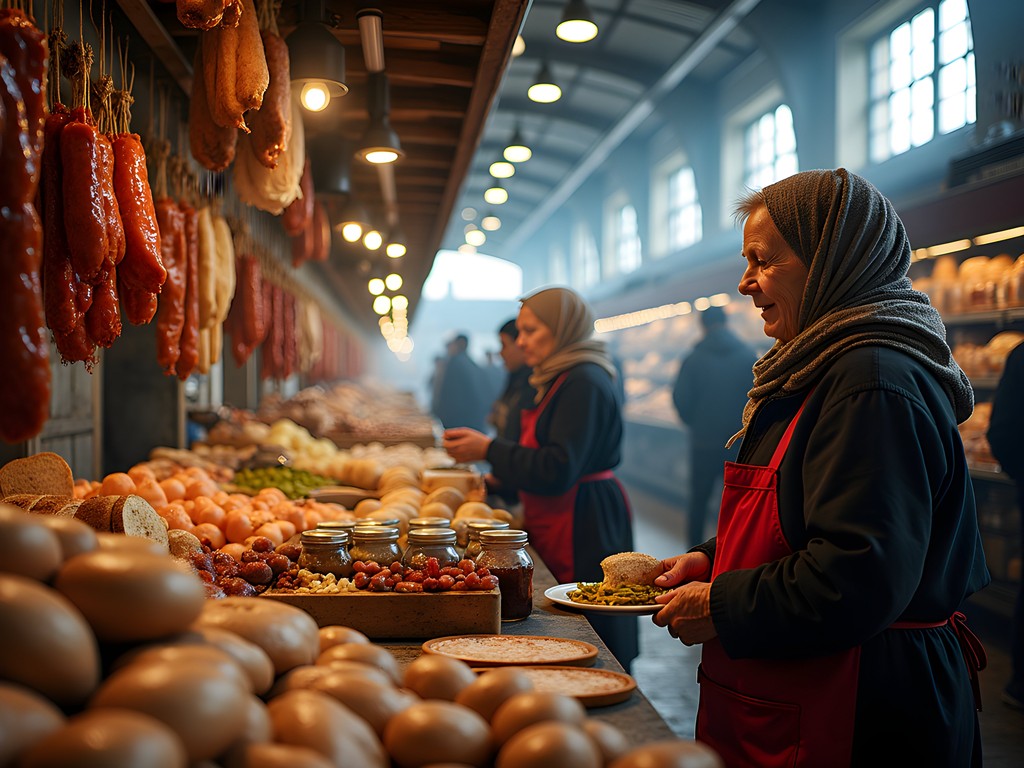
💡 Pro Tips
- Try the university canteens for authentic, budget-friendly Lithuanian meals
- Visit the central market in the morning when produce is freshest and assemble picnic lunches
- Learn basic Lithuanian food words – vendors appreciate the effort and often offer samples to those who try
Cultural Immersion: Beyond the Tourist Sites
Kaunas earned its designation as European Capital of Culture 2022 for good reason, but the city's most authentic cultural experiences happen far from the standard tourist attractions. While Kaunas Castle and the Devil's Museum certainly deserve your attention, it's in the city's contemporary spaces and community events where you'll truly connect with local life.
My most memorable Kaunas experience came through a chance encounter at Kultūros Kiemas (Culture Yard), a courtyard arts space hidden behind an unassuming façade on Kęstučio gatvė. I noticed locals disappearing through an unmarked doorway and followed to discover a community poetry reading in progress. Despite understanding not a single word of Lithuanian, the rhythm and emotion transcended language barriers. Afterward, a university professor named Tomas invited me to join their table, leading to an evening of cultural exchange fueled by local mead and boundless curiosity.
Kaunas's street art scene rivals Berlin's in quality if not quantity. The annual Nykoka Street Art Festival has transformed entire buildings into canvases, but the most interesting works hide in unexpected places. I recommend downloading the 'Wallographer' app, which maps street art throughout the city, including pieces that change regularly. One afternoon, I followed the app to an industrial area in Šančiai neighborhood and discovered an entire complex of abandoned factories reclaimed by local artists – not a tourist in sight.
For music lovers, Kaunas offers surprising diversity. The electronic music scene centers around Lizdas club, where local DJs spin alongside international guests in a repurposed industrial space. Cover charges rarely exceed €5, and the crowd represents a cross-section of Kaunas creatives. I spent one memorable Saturday night there, where a Lithuanian producer mixed traditional Baltic folk samples into techno beats – a perfect metaphor for the country's blend of heritage and forward-thinking innovation.
To truly understand Lithuanian cultural resilience, visit the Ninth Fort Museum on the city's outskirts. This former prison and execution site from WWII has been transformed into a powerful memorial. The massive concrete monument visible from afar represents the Lithuanian spirit – broken but undefeated. I spent a sobering afternoon here, guided by a retired history professor who volunteers twice weekly. His personal stories of Soviet occupation provided context that no guidebook could offer.
For capturing these cultural experiences, I relied on my trusty travel camera, which performs exceptionally well in low-light conditions like Kaunas's museums and evening cultural events. Its discreet size allowed me to document moments without disrupting them – essential for authentic cultural immersion.
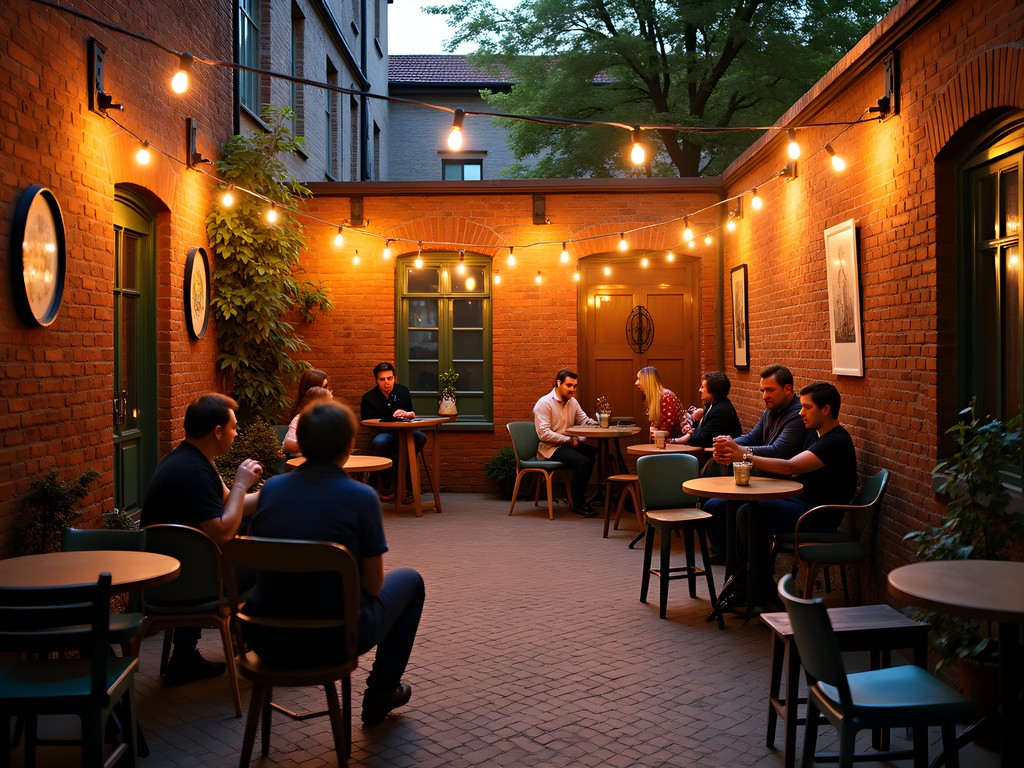
💡 Pro Tips
- Follow locals through unmarked doors – some of Kaunas's best cultural spaces aren't advertised
- Download the Wallographer app to discover street art in non-tourist areas
- Check bulletin boards at Kaunas Faculty of Vilnius Academy of Arts for student exhibitions and performances
Treasure Hunting: Kaunas's Best Souvenirs and Design Shops
My passion for discovering unique souvenirs has led me to some fascinating corners of cities worldwide, but Kaunas particularly impressed me with its blend of Baltic design, Soviet nostalgia, and contemporary Lithuanian craftsmanship – all available at prices that make collecting irresistible.
Kaunas's design scene centers around Laisvės alėja and the streets branching off it, particularly M. Valančiaus gatvė. Here, LOCALS.LT showcases exclusively Lithuanian-made products, from minimalist jewelry incorporating Baltic amber to modern interpretations of traditional textiles. What sets this shop apart is the presence of designers themselves – twice during my visits, I met creators eager to share the stories behind their work. My prized purchase: a set of linen napkins hand-printed with a pattern inspired by interwar Kaunas architecture, created by a young designer named Ieva who studied textile arts at Kaunas's renowned Vilnius Academy of Arts branch.
For those fascinated by Soviet-era design and ephemera, Bliumka on Vilniaus gatvė offers a carefully curated selection of vintage items from the mid-20th century. The owner, Marius, has an encyclopedic knowledge of Lithuanian design history and can explain the significance of seemingly ordinary objects. I spent an hour rummaging through boxes of Soviet-era pins, eventually selecting several featuring Lithuanian cultural symbols subtly subverting Soviet iconography – tiny acts of resistance preserved in metal.
Kaunas's most unexpected shopping experience awaits at Urmas Shopping Center, a sprawling post-Soviet market complex where locals shop for everything from kitchen supplies to formal wear. The antithesis of a polished mall, Urmas offers a raw, authentic glimpse into everyday Lithuanian commerce. In its labyrinthine corridors, I discovered an elderly couple selling hand-carved wooden spoons using traditional techniques. For just €5, I acquired a juniper wood butter knife that has become one of my most cherished souvenirs – functional, beautiful, and impossible to find elsewhere.
Book lovers should visit Knygų Ministerija (Ministry of Books) on Donelaičio gatvė, which stocks an excellent selection of English-language books about Lithuanian history and culture. I found a fascinating photo book documenting Kaunas's interwar modernist architecture, perfectly complementing my walks through the city.
For preserving these shopping discoveries and recording the stories behind each purchase, I always travel with a travel journal. Mine contains sketches of favorite finds, contact information for artisans, and notes about the cultural significance of items that might otherwise become mysterious objects once I return home.
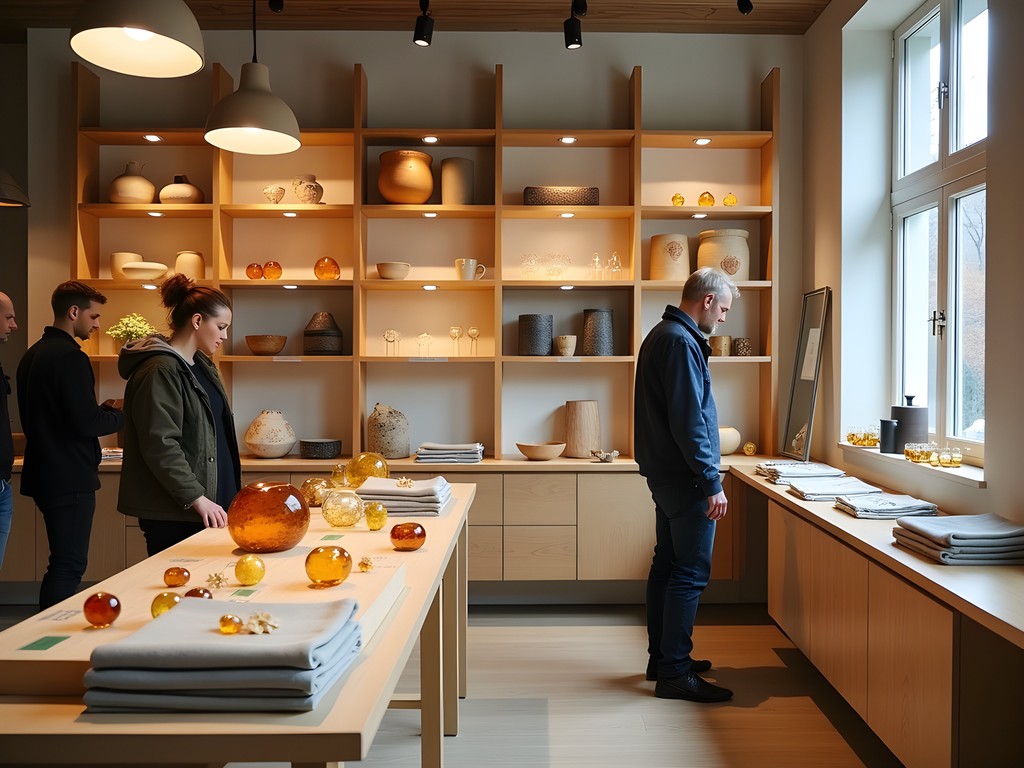
💡 Pro Tips
- Visit LOCALS.LT for contemporary Lithuanian design with a story behind each piece
- Look for amber jewelry incorporating modern design elements – a fresh take on a Baltic classic
- Explore Urmas Shopping Center's back corridors for unexpected handcrafted treasures at local prices
Final Thoughts
As my week in Kaunas drew to a close, I found myself lingering over a final cup of coffee at Kultūra Coffee, watching locals hurry through the autumn drizzle along Laisvės alėja. Lithuania's second city had revealed itself slowly, like a friend who shares deeper confidences only after establishing trust. Beyond the tourist-friendly façade of Old Town, I'd discovered a city of contrasts – Soviet resilience alongside Baltic innovation, traditional craftsmanship meeting contemporary design, and a cultural scene that honors its complex history while embracing the future.
Kaunas doesn't perform for tourists the way many European destinations do. Instead, it simply goes about its business, welcoming those curious enough to look beyond the obvious. For budget travelers seeking authentic experiences, this lack of pretense creates the perfect environment to stretch both your currency and your cultural understanding. I'll return to Kaunas, not for any single attraction, but for that ineffable quality that defines truly special destinations – the feeling of discovering something genuine in a world increasingly packaged for consumption.
✨ Key Takeaways
- Kaunas rewards travelers who venture beyond Old Town into residential neighborhoods and hidden cultural spaces
- Lithuania's second city offers exceptional value for budget travelers without compromising on authentic experiences
- The best souvenirs come from direct interactions with local artisans and designers who share the stories behind their creations
📋 Practical Information
Best Time to Visit
September-October for golden autumn colors and cultural events as university life resumes
Budget Estimate
€40-60/day including accommodation, meals, and activities
Recommended Duration
5-7 days to explore beyond tourist highlights
Difficulty Level
Easy
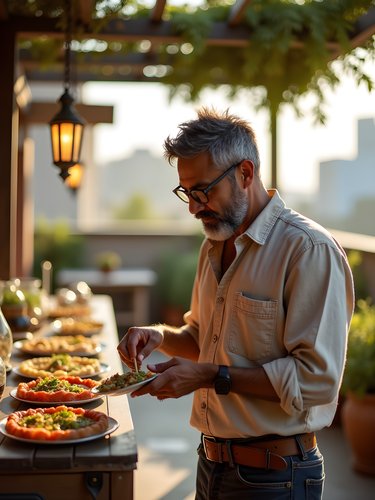
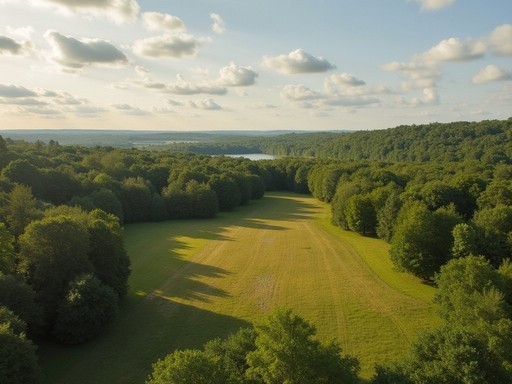
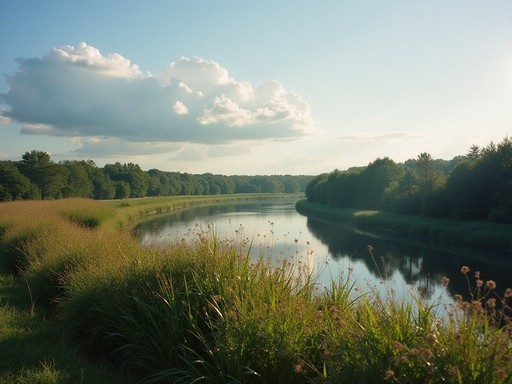
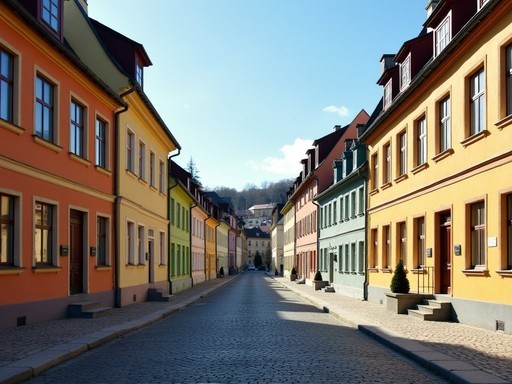
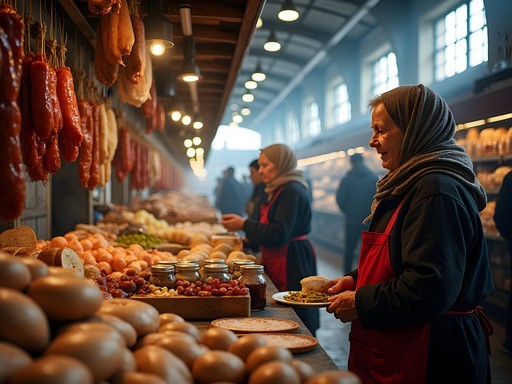
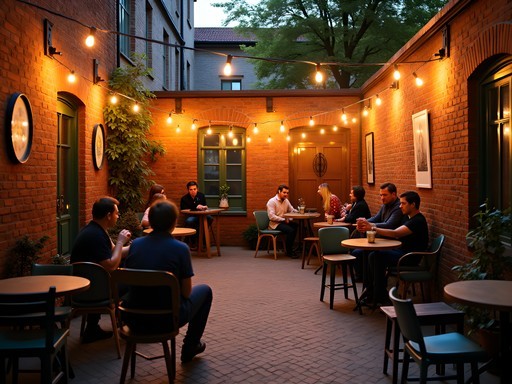
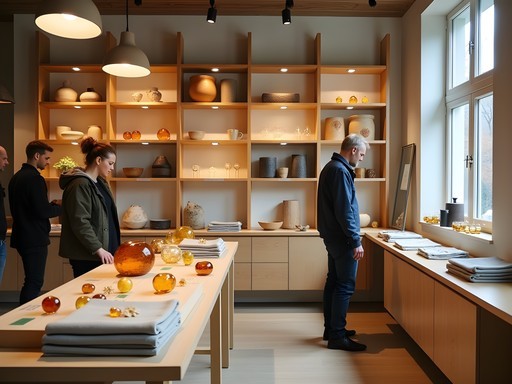


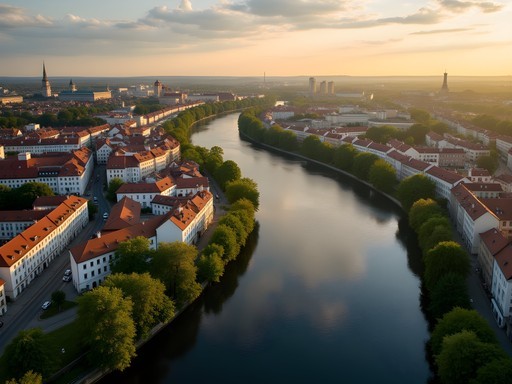





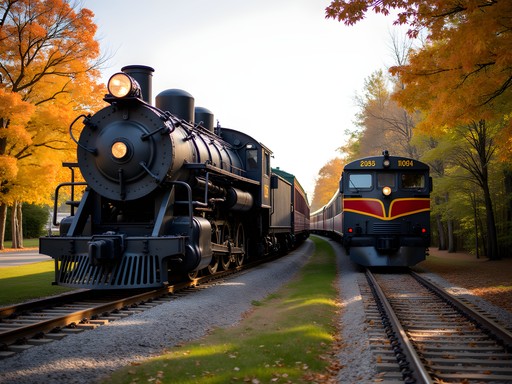
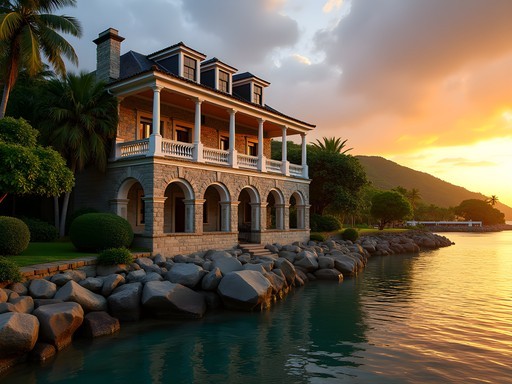
Comments
Marco Flores
Ahmed, this post captures the essence of Kaunas perfectly! I spent two weeks there last year and completely agree about Kultūra Coffee - their morning pastries are incredible too. One tip I'd add: don't miss the Devil's Museum! It sounds bizarre but it's this amazing collection of devil-themed folk art from around the world. And the food tip about šaltibarščiai (cold pink soup) is spot on - I was skeptical but it became my go-to lunch. For anyone heading there, the locals I met recommended visiting Pažaislis Monastery just outside the city - you can take the 23 bus and it's this stunning baroque complex on a lake. Lithuanian hospitality is something special.
Ahmed Greene
Thanks Marco! Can't believe I forgot to mention the Devil's Museum - such a unique place. And yes, Pažaislis is breathtaking, especially in good weather. Did you try the monastery's herbal teas? They're made by the nuns using local recipes.
Marco Flores
I did! Bought some to take home too. The linden flower one was my favorite - perfect for cold evenings.
traveltime
How's the public transportation in winter? Planning a trip in December and wondering if I should rent a car instead.
Marco Flores
No need for a car! I was there during a snowy week and the buses/trolleybuses were super reliable. Download the Trafi app like Ahmed mentioned - it's a lifesaver. The city is also very walkable if you stay central. I used my merino base layers every day though - Lithuanian winters don't mess around!
adventurequeen
Great post! Is Kaunas safe for solo female travelers? Thinking about going in November but worried about the early darkness.
Ahmed Greene
Absolutely! Kaunas is very safe for solo travelers. The city center is well-lit and public transport runs reliably even in evenings. Just take normal precautions like you would anywhere. November will have shorter days, but the Christmas markets start setting up late month which adds a magical atmosphere!
adventurequeen
Thanks so much for the reassurance! Christmas markets sound like a bonus I hadn't considered!
adventurevibes
Love this! Kaunas has been on my bucket list for ages. Those craft beer spots sound amazing!
traveltime
Same here! I've only been to Vilnius but Kaunas seems like the real deal. Anyone tried those beers?
Marco Flores
I visited Kaunas last autumn and the craft beer scene blew me away! Genys Brewing had this incredible Baltic porter that I still dream about. The bartenders are super knowledgeable and love sharing the stories behind each brew. Also hit up Avilys - they brew right on site!
winterzone
Just got back from Lithuania and spent 4 days in Kaunas based on this post! The Žaliakalnis neighborhood recommendation was perfect - we found this cute apartment with a balcony overlooking the funicular. Kultūra Coffee became our morning ritual (that cardamom bun!). One thing to add - if you're there on a weekend, don't miss the flea market at Aleksotas. Locals selling everything from Soviet-era cameras to handknit socks. Got my favorite souvenir there - a weird little ceramic cat that the seller said brings good luck. Oh and the craft beer - Genys Brewing's sour cherry ale literally changed my partner's mind about beer forever!
Ahmed Greene
So glad you enjoyed Kaunas! That Aleksotas market is such a gem - can't believe I forgot to include it. And yes, those Genys sours are dangerously good!
beachace
We did the public transportation in Kaunas too and it was super easy to figure out. Those yellow buses go everywhere!
Taylor Moreau
Excellent write-up on Kaunas, Ahmed. I've been traveling there quarterly for business since 2023, and your assessment of the local scene is remarkably accurate. For those visiting, I'd add that the Kaunas Business Centre area has some surprisingly good lunch spots where local professionals gather. The M.K. Čiurlionis National Museum of Art is also worth a visit - I schedule meetings around it when possible. One practical tip: I've found the pocket translator invaluable for business meetings that occasionally slip into Lithuanian. The city is increasingly international, but having translation backup is still useful in professional settings.
wavevibes
Thanks for the museum recommendation! Adding it to my list for next month's trip.
happyperson
That autumn photo at Kultūra Coffee is gorgeous! Makes me want to visit in fall!
Ahmed Greene
Thank you! Kaunas in autumn is magical - all the trees along Laisvės Alėja turn golden and the light is perfect for photography.
escapeclimber
Those food recommendations are spot on! Tried cepelinai at Bernelių Užeiga and it was amazing. Heavy but perfect for the cold weather!
happyfan
What's the language situation like? Can you get by with English or should I learn some Lithuanian phrases?
beachace
Was there last summer - most young people and anyone in tourism speaks good English. Learning 'ačiū' (thank you) and 'labas' (hello) got me lots of smiles though!
Venture X
Premium card with 2X miles, $300 travel credit, Priority Pass